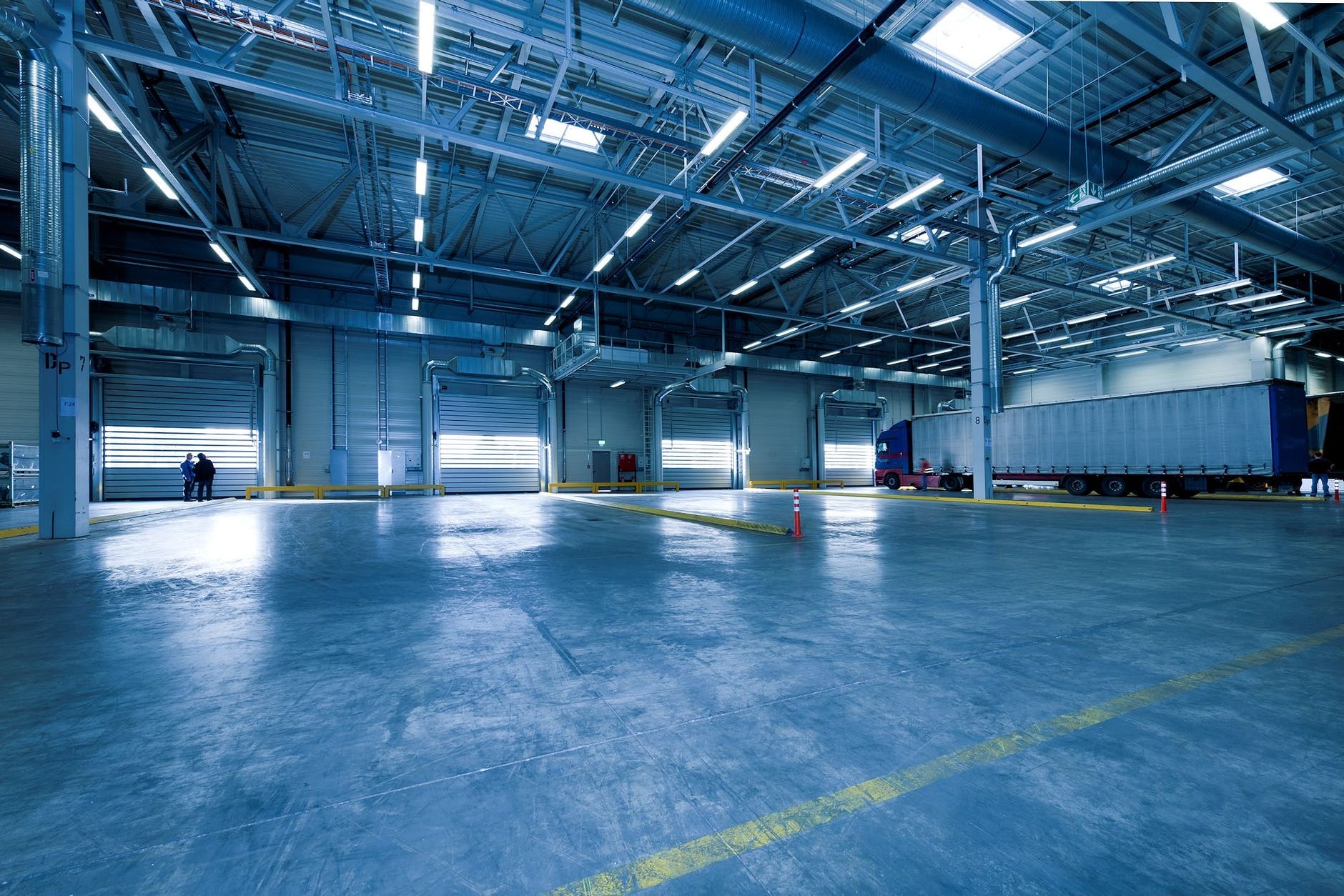Has there ever been a more challenging time for pharmaceutical supply chains?
As global lockdowns have brought countries to a virtual standstill, vital medicines and healthcare materials still had to deliver their crucial cargo globally to people in need.
Global supply chains have proven resilient, but there have been plenty of lessons learnt. The pandemic, and the resulting supply chain issues, have only served to accelerate the need for longer-term change. So, what are the biggest challenges for pharma supply chains and what does long-term change look like?
1. Real-time transparency
Pharmaceuticals need to ensure precise conditions, on-time delivery, compliance and stability. With no visibility, how can you be sure your cargo will turn up on time, in the right condition?
Smart Container Monitoring Systems (SCMS) are part of the answer. SCMS allow logistics teams to view, analyse and manage temperature, humidity and probe data of containers while they are in transit at sea with 24/7 monitoring. Future evolutions will look to automate that process based on external and internal conditions – containers are consistently evolving to meet pharmaceutical needs. Our system – Captain Peter – allows us to view, analyse and manage the temperature and humidity of containers while they are in transit at sea with 24/7 monitoring, ensuring best in class operational excellence.
Containers, however, are only one piece of the puzzle. The drive for full end-to-end transparency and joined-up thinking between all the moving parts of the supply chain is a massive, and ongoing, challenge for pharma logistics.
2. Reliability
As one of the most regulated, expensive, and fragile cargo markets in the world today, pharma companies need to be confident that machinery is operating correctly, and the logistics can handle issues in case something goes wrong. Tech is crucial, but skills and expertise are needed on the ground as well to deal with any issues that may arise.
Reliability is also about predictability and agility. Data should allow logistics teams to map suggested delivery routes quickly and easily. Integrated systems need to connect shipping, air, overland, storage and final mile delivery to give a single view in real-time. In extreme cases, the ability to redirect cargo should be reactive to problems on the ground or even revenue opportunities, again in real-time. The industry is well on the way to delivering this, but there are still opportunities for improvement. Much like transparency, creating a 100% flexible and reliable supply chain is a huge, expensive challenge.

3. Digitisation
Digitisation goes beyond containers; the digital wish list for MHRA approved warehousing UK logistics is a long one. The digitisation of documentation and standardisation across industry platforms, digital signatures for regulatory documents, smart contracts, blockchain, and automation – digital can improve many areas.
The challenge for pharma companies is how to deliver changes securely, enhancing data security to protect post-COVID work environments. And how to fast-track transformation and reinvention of supply chain tools and techniques for continuous improvement in the digital world.
4. Compliance and regulations
Pharma logistics already have to comply with the latest Good Distribution Practice (GDP). But regulations are in constant flux.
The cost of trade is increasing due to new tariffs, anti-dumping duties, non-tariff barriers and tougher compliance. Added to that, we will likely see trade superhighways – already in place for air freight – extended to integrated ocean transport. These trusted trade lanes are aimed at increasing predictability for those traders that have good compliance systems in place.
Increasingly companies will need to organise their internal control and management of customs and their supply chains in a better way, improving compliance to a new level. Or, of course, find partners that can help.
5. Sustainability
Political pressure, shareholder intent and changing consumer behaviours have thrust sustainability front and centre.
For many pharmaceutical organisations, that has meant moving from air to ocean transport – it takes around 3g of CO2 emissions to ship by ocean compared to 560g by air1. But sustainability doesn’t stop there, and any future supply chain innovations, changes, or programmes will have to align what’s good for profit and what’s good for the planet.
It’s a long journey, but schemes like our aim to decarbonise logistics by 2050 through industry collaboration will be necessary to change the way supply chains operate.



